Knee Scooters vs. Crutches: Which is the Right Mobility Aid for You?
The restriction of mobility caused by a broken foot can be extremely frustrating for a person. Broken feet make it difficult for people to move around the house and perform tasks on a daily basis. Whether recovering from a broken ankle, foot operation, or any kind of injury or surgery, you may feel the urge and need to use mobility aids to get around.
The right mobility aids will give you more independence, ease your pain when you walk and enhance your safety and confidence. To help decide if knee scooters or crutches are the best options for you, we've compiled a thorough comparison between the two.
What are Crutches?
The majority of individuals who have undergone surgery or been injured are likely to be issued with crutches. Those who can't support their body weight with their legs, whether because of a short-term injury or a long-term impairment, use crutches to transfer weight to their upper bodies.
Over the past couple of centuries, nothing much has changed in terms of the design of crutches, although they are often made of lighter materials than wood today.
It is important to note that there are two major types of crutches. Underarm crutches, also known as auxiliary crutches, are typically seen on patients undergoing rehabilitation from ankle or knee injuries. A pad is pressed against the patient's side under the arm during use. The other type of crutches is the forearm crutch, which is also referred to as the elbow crutch. The open cuff on these crutches grips the user's forearm when they are used.

What are Knee Scooters?
In modern times, knee scooters, also known as knee walkers, have gradually replaced crutches as a popular mobility aid. It is called a knee scooter because it resembles a scooter, which has an elevated and padded platform that your knee rests on, continuously supporting your injured leg.
Knee scooters have taken on many different shapes over the years, including three-wheeled devices, four-wheeled devices, small or large, all with the purpose of being more comfortable, safe, and easy to operate.

Crutches vs. Knee Scooters
There is some controversy over whether a knee scooter is better than a crutch for a broken foot. Consider the pros and cons of each option before choosing the piece of equipment.
Price
Among all mobility aids, crutches are probably the most affordable option. Medical suppliers will even let you rent them at a surprisingly reasonable price while knee walkers are more expensive than crutches.
Size
Crutches are also lightweight and pocket-friendly. Since crutches are compact, they can be easily manoeuvred through narrow hallways, up and down stairs, and they are transportable, especially if your vehicle doesn't have a lot of room; but with a knee walker, you’ll find the front wheelbase may be too wide to maneuver through narrow doorways.
Safety
As long as you are in a good shape or have decent upper body strength, crutches will allow you to keep weight off of an injured foot, ankle or hip. However, it is common for crutches to have weight restrictions that make them unsafe for heavy patients. With a knee scooter for broken foot, this is typically less of a problem, since these devices can accommodate a wider range of users. Due to its durability and design, the best knee scooter can hold incredible weight easily.
When moving from place to place, knee scooters offer better safety. Using a knee scooter makes you significantly more stable than using crutches because they are lower to the ground. A knee roller makes it much more difficult for you to lose balance since your centre of gravity is closer to the ground. It is rare for a knee scooter user to trip or slip.
Comfort
Crutches are convenient for climbing steps, going into bathrooms, and getting in and out of car seats. Unfortunately, as mobility aids have to support your body weight, crutches can cause pain in your underarms and hands. Since all your weight is placed on your armpit, it can be uncomfortable at times. It may also occasionally lead to shoulder and back pain.
In fact, you are forced to carry the weight of your body to one side when you use crutches. Research has shown that people cannot accurately gauge the amount of weight they should put on an injured leg. Many people will keep carrying weight until they feel pain, but this often leads to damage or impedes healing.
Kneeling walkers distribute the load more naturally to your lower body, which means your upper body will not be overloaded. And since you cannot place your foot on the ground with a knee walker, you will be completely weightless.
Energy-Saving
While using a knee scooter for your broken foot, you can rest during activity; and because a walker with wheels and a seat gives you a place to sit if you need to take a break, the overall comfort exceeds what can be achieved with most crutches.
For most patrons, patients, and users, mobility aids like a knee scooter or walker provide a much more comfortable and effortless experience than using crutches. The best knee scooter can save you plenty of energy because you roll effortlessly rather than walk with crutches.
Weather
In good weather, crutches can help you walk faster once you've mastered them, but using crutches in bad weather can be challenging. First, the rubber feet can make movement difficult on certain types of terrain; and second, the ice can create tripping hazards. As crutches are difficult to use on wet surfaces and ice, if you live somewhere that rains a lot or if the roads are covered in ice during the wintertime, you may consider a scooter for broken foot. The design of a scooter makes it an extremely versatile option, suitable for all types of climates and weather conditions. In practice, this can mean lower slip/fall risks for many users.
Flexibility
Getting up on crutches and walking with it will certainly take some effort, and exercising when recovering from an injury or operation is certainly not a bad idea. For people with long-term injuries or disabilities to choose mobility aids, however, it is better to purchase a knee scooter as it can provide more comfort and convenience. Just consider your daily activities, from basic housework to eating and drinking. Using crutches occupies your hands, so you can't do other activities with them like holding objects or opening doors. A scooter can make transportation of belongings and goods, including food and drink, easier and more convenient.
Final Thoughts
As soon as you are recovering from an ankle fracture, foot operation, or any other surgery or injury, it is imperative that you decide what kind of mobility aids will be the most appropriate option for your needs.
When it comes to ease of everyday use, a knee scooter wins hands down. Stability and durability, better weight distribution, ease of transportation, and low energy consumption are just a few reasons why people should choose a scooter for broken foot.
If you want to choose the perfect mobility aids, make sure you have all the facts before making a decision. Take a look at how the best knee scooter like OasisSpace Knee Walker can help you recover faster and promote recovery before settling for conventional crutches, then you know where you should go.
Recommend Products
-
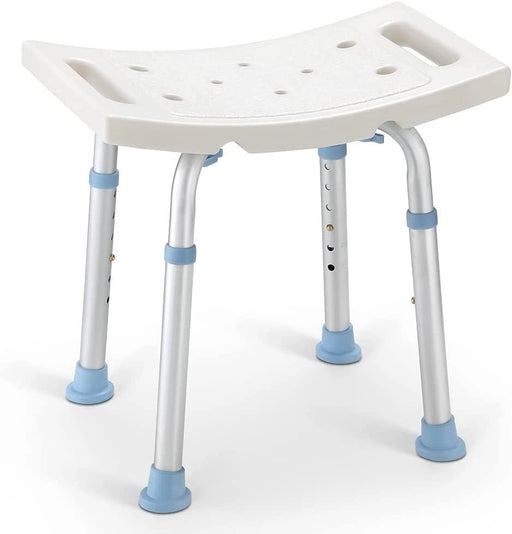 Sale
Sale
Standard - 300LBS Capacity Shower Stool
Original price $51.99From Original price $28.99Original price $51.99Current price $28.99From $28.99Current price $28.99OasisSpace Medical Square Shower Stool for Bathtub OasisSpace Square Shower Stool for Bathtub is approved as the highest standard(FDA) for medical...
View full detailsSaleOriginal price $51.99From Original price $28.99Original price $51.99Current price $28.99From $28.99Current price $28.99 -
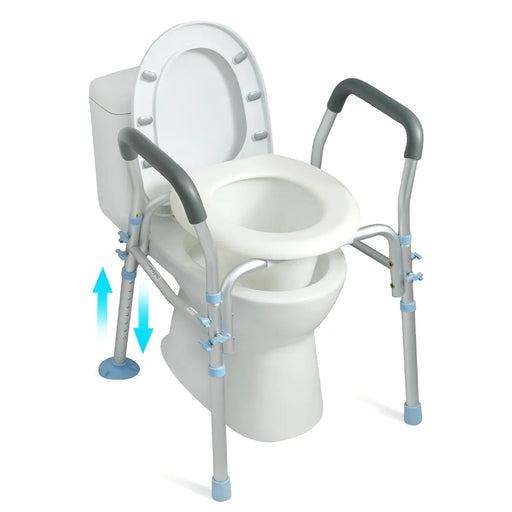 Sale
Sale
300LBS Capacity Raised Toilet Seat with Arms
Original price $120.99From Original price $69.99Original price $120.99Current price $69.99From $69.99Current price $69.99OasisSpace Raised Toilet Seat with Arms - Safe and Convenient OasisSpace Raised Toilet Seat with Arms provides stable support for users to sit dow...
View full detailsSaleOriginal price $120.99From Original price $69.99Original price $120.99Current price $69.99From $69.99Current price $69.99 -
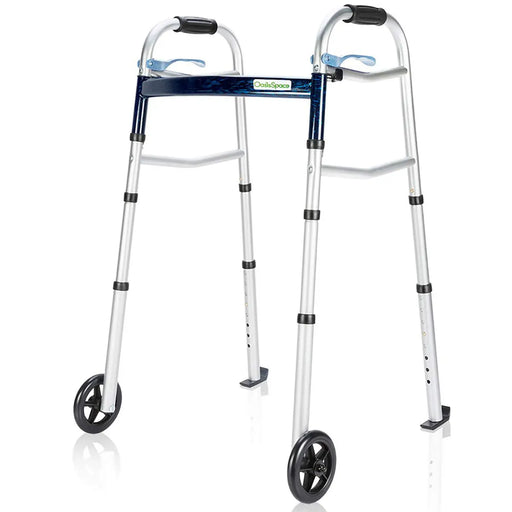
350LBS Capacity 2 Wheel Walker
From Original price $39.99Original price$39.99From $39.99Current price $39.99Product Advantages OasisSpace's 350LBS Capacity walker offers a fusion of lightweight design and sturdy support, crafted from high-grade anodized ...
View full detailsFrom Original price $39.99Original price$39.99From $39.99Current price $39.99 -
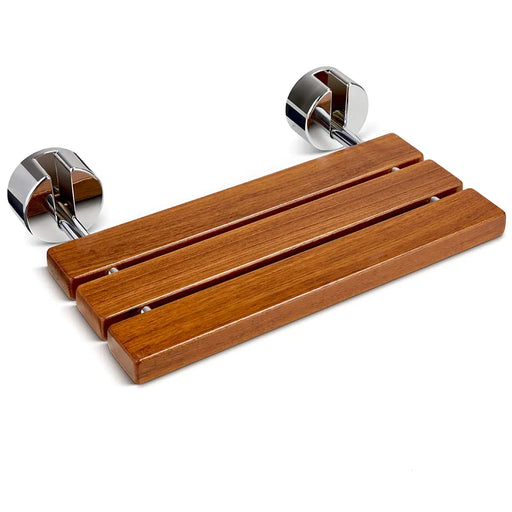
Wall Mounted - 400LBS Capacity Teak Folding Shower Seat
From Original price $131.99Original price$131.99From $131.99Current price $131.99Advantages OasisSpace Teak Wall-Mounted Shower Seat adopts a folding design, which can save space to the greatest extent and can be folded up at a...
View full detailsFrom Original price $131.99Original price$131.99From $131.99Current price $131.99 -
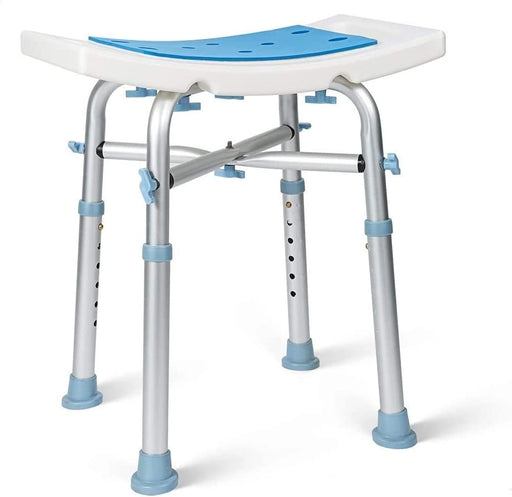 Sale
Sale
Padded & Bariatric - 500LBS Capacity Heavy Duty Shower Stool
Original price $57.99From Original price $36.99Original price $57.99Current price $36.99From $36.99Current price $36.99OasisSpace Medical Heavy Duty Bariatric Shower Stool OasisSpace Medical Heavy Duty Bariatric Shower Stool is approved by the FDA, which is the hig...
View full detailsSaleOriginal price $57.99From Original price $36.99Original price $57.99Current price $36.99From $36.99Current price $36.99 -
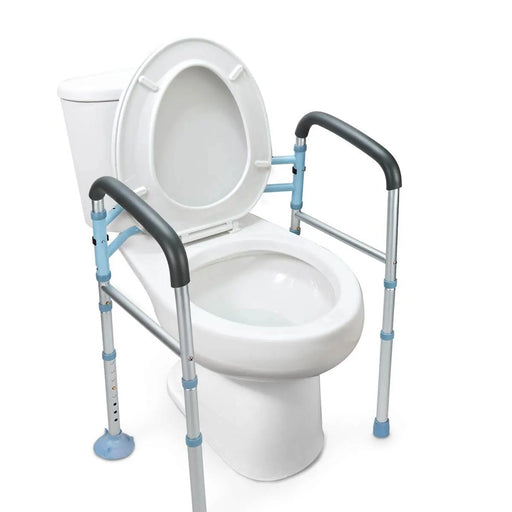 Sale
Sale
300LBS Capacity Stand Alone Toilet Safety Rail
Original price $69.99From Original price $44.99Original price $69.99Current price $44.99From $44.99Current price $44.99OasisSpace Toilet Safety Rails - Fit Any Toilet OaisSpace stand-alone toilet safety rails provide sturdy support for the elderly and people with ...
View full detailsSaleOriginal price $69.99From Original price $44.99Original price $69.99Current price $44.99From $44.99Current price $44.99







